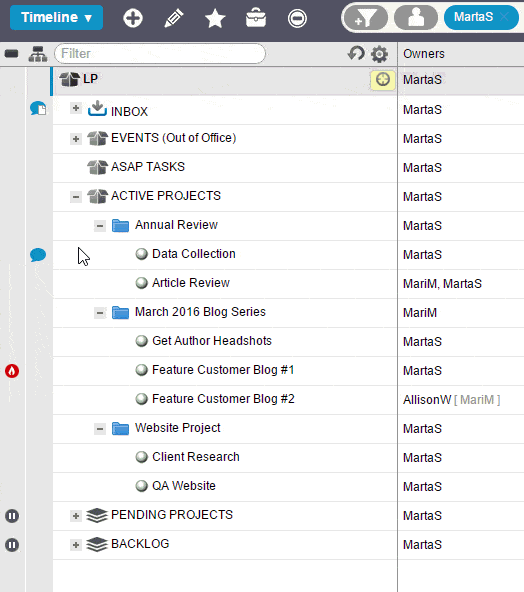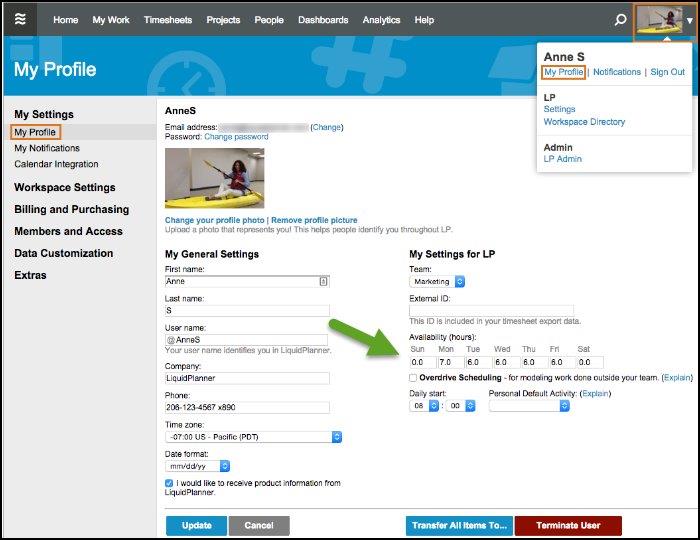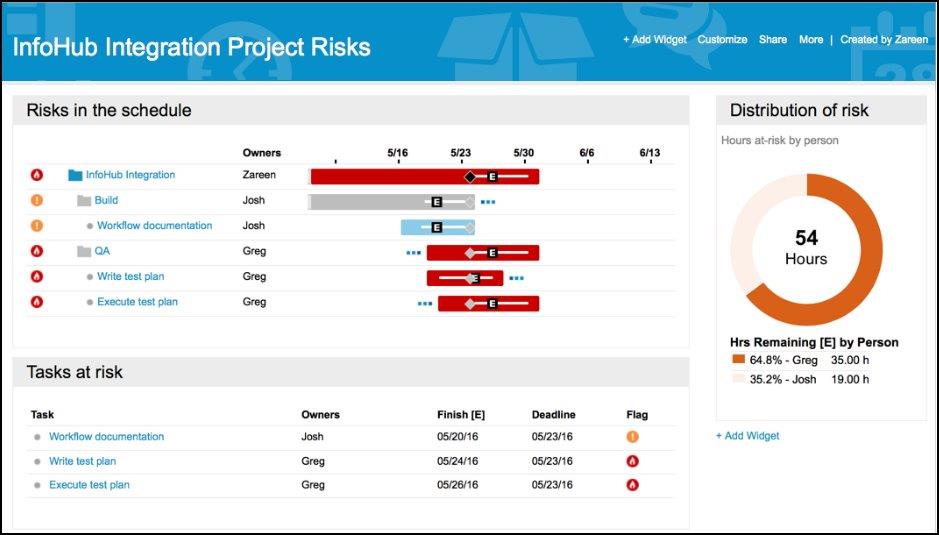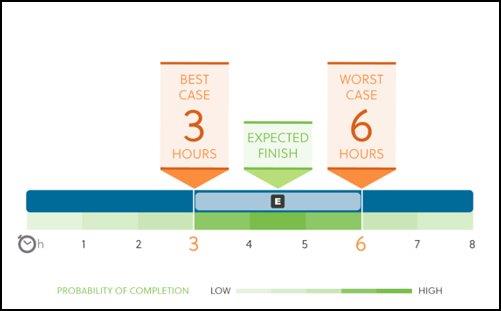“There are few project management (PM) tools that can compete with LiquidPlanner,” PCMag’s Juan Martinez wrote in a recent article, Wrike vs. LiquidPlanner: Project Management Pugilism. In the project management comparison, Martinez evaluates each product in three categories: Price; Features and UI, and Integrations. In the end, LiquidPlanner beat Wrike for the win.
There’s more that makes LiquidPlanner unique—and different from Wrike, as well as a lot of other work management tools.
As a product expert, I’m often asked how our platform stands out from the pack, and how we compare to other tools. Here, I’m going to give you more reasons we’re different from Wrike in three categories that are important to planning and scheduling projects.
1. Prioritizing work
One of LiquidPlanner’s key differentiators is our unique priority-based scheduling system that shows you what your top work priorities are every day. And, every time a priority shifts, the schedule updates automatically to show how the entire plan is affected by that change. In Wrike, you can organize tasks in priority order but when priorities shift, these changes are not automatically reflected in the schedule.
How It Works
Wrike uses folders to categorize work. For example, folders are used to group projects by team, clients, stage of work, etc. Within a folder, projects are used to manage tasks, tasks are organized within the projects, and subtasks are the steps needed to complete a task. You can keep projects in priority order, but moving those priorities around isn’t so easy, and any shifts aren’t reflected in the schedule—i.e., resources, finish dates, etc.
LiquidPlanner uses packages to organize projects and prioritize tasks. For example, within packages, you can create projects and add tasks to those projects. Then, you prioritize tasks across different projects by putting them in a high priority package, so that they are completed ASAP. You can change your priorities with a simple drag and drop, and the scheduling engine will automatically update across all projects in your workspace—generating new start and finish dates based on those portfolio-wide resource commitments and the priorities you assign to your workflow items.

2. Managing resources
Another key product differentiator is that LiquidPlanner provides you with resource-driven schedules. While LiquidPlanner creates a project plan based on resource availability and workload, Wrike allows anyone to be scheduled to a project/task without taking their current commitments into account.
How it works:
Wrike has a workload view that allows you to see what each person is working on. It also shows you where the bottlenecks are, or if someone is scheduled for more than eight hours of work per day. As long as you’re looking at the schedule in workload view, you’ll see highlights around any resource issues that need attending. You can also expand the view to see who has availability and reassign work.
In LiquidPlanner each user has a personal profile where they set their available hours for project work each week. The scheduling engine takes this into account as tasks get created and assigned, providing start and finish dates based on team members’ current workload and availability. LiquidPlanner’s resource management capabilities make it impossible to overschedule resources. If an issue arises, you can pull a workload report for a deeper look into an individual’s commitments, and see who might be available to take on more work.

3. Managing risk
LiquidPlanner’s scheduling engine works off of ranged estimates based on best case/worst case scenarios. You’ll know well ahead of time if a project is in danger of running over. Wrike takes on a more traditional practice of using hard start and end dates to create a project plan.
How it works:
Wrike lets you set email notifications to alert you of deadlines. On the timeline view, tasks will turn red once they’re overdue. The only way to truly account for risk is by scheduling a project to be due on an earlier date so you’ll receive a warning email when your real deadline is approaching. Wrike does not take ranged estimates into account while creating project schedules.
LiquidPlanner has a constantly running algorithm that accounts for the uncertainty inherent in all projects. Your plan will always alert you to risks well ahead of missing deadlines or running over budget. This way teams can make any necessary adjustments to priorities, resources, or have the conversations with stakeholders well in advance of a disaster striking. If a project is slipping, you’re alerted within the LiquidPlanner app and via email notification. And you can create a dashboard dedicated to surfacing project risks.

LiquidPlanner was created with the distinct purpose of helping teams work with project uncertainty, and respond quickly to real-world changes in priorities and resourcing. Our Dynamic Project Management methodology is a fluid, supportive and responsive way of managing projects. It’s the realistic approach to project management that we were looking for, too!

If this project management software comparison piqued your interest, or if you simply want to do your own comparison of LiquidPlanner to Wrike, start a free trial!
 Schedule a demo of LiquidPlanner with a product expert today
Schedule a demo of LiquidPlanner with a product expert today







